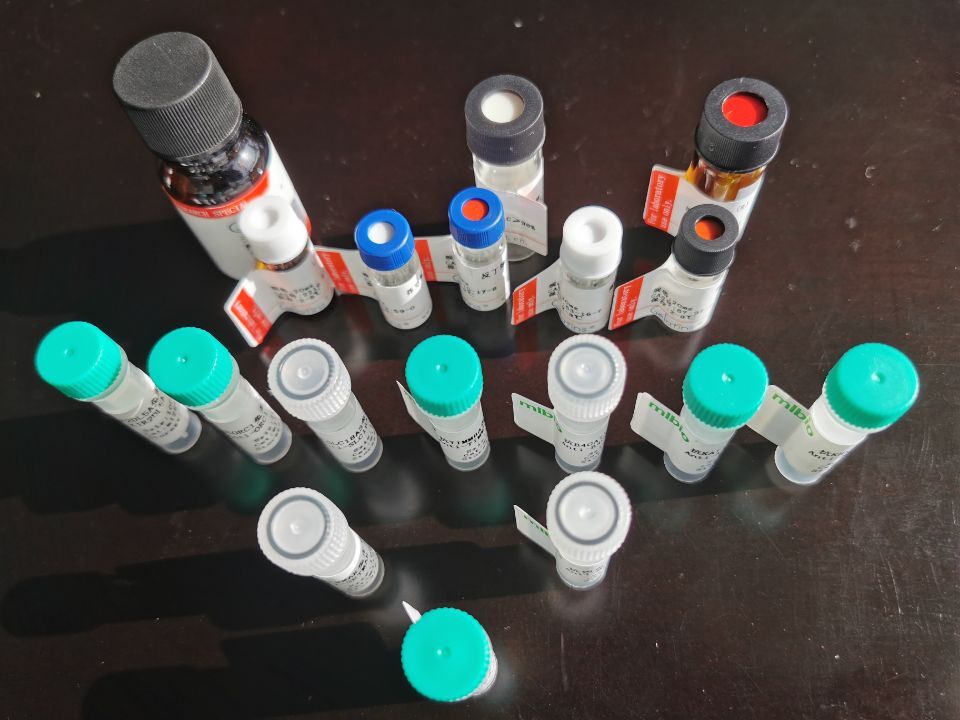储 存: 冷冻(-20℃)
相关类别: 抗原
概 述
|
Full name: |
S100 calcium binding protein A16 |
|
Synonyms: |
AAG13; S100F; DT1P1A7 |
|
Swissprot: |
Q96FQ6 |
|
Gene Accession: |
BC010541 |
|
Purity: |
>85%, as determined by Coomassie blue stained SDS-PAGE |
|
Expression system: |
Escherichia coli |
|
Tags: |
His tag C-Terminus, GST tag N-Terminus |
|
Background: |
The S-100 protein family consists of a group of calcium-binding proteins that are exclusively expressed in vertebrates and exhibit cell and tissue-specific expression. The expression levels of its members differ in various pathological conditions. The extracellular functions of the S-100 family may include the ability to enhance neurite outgrowth, involvement in inflammation and motility of tumor cells. S-100A16 (S100 calcium binding protein A16), also known as AAG13 (aging-associated gene 13 protein), S100F or DT1P1A7, is a 103 amino acid nuclear and cytoplasmic protein that exists as a homodimer that binds one calcium ion per monomer. A member of the EF-hand superfamily, S-100A16 contains two EF-hand domains and is encoded by a gene that maps to human chromosome 1q21.3. The S-100 protein family consists of a group of calcium-binding proteins that are exclusively expressed in vertebrates and exhibit cell and tissue-specific expression. The expression levels of its members differ in various pathological conditions. The extracellular functions of the S-100 family may include the ability to enhance neurite outgrowth, involvement in inflammation and motility of tumor cells. S-100A16 (S100 calcium binding protein A16), also known as AAG13 (aging-associated gene 13 protein), S100F or DT1P1A7, is a 103 amino acid nuclear and cytoplasmic protein that exists as a homodimer that binds one calcium ion per monomer. A member of the EF-hand superfamily, S-100A16 contains two EF-hand domains and is encoded by a gene that maps to human chromosome 1q21.3. |
 购物车
购物车 帮助
帮助
 021-54845833/15800441009
021-54845833/15800441009
